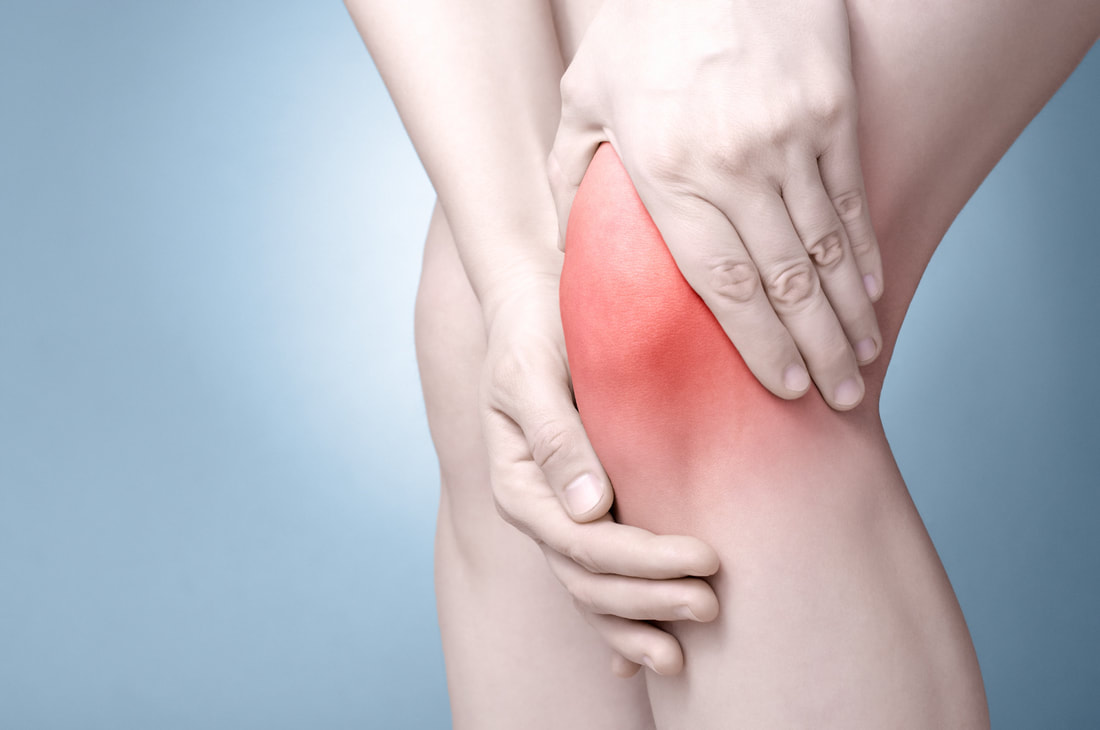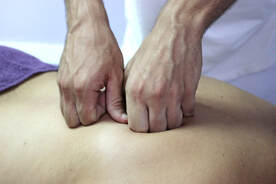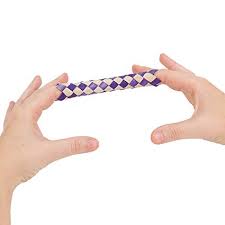If you have any of these issues and 30 minutes in your day, prolotherapy might be a good option for you.
What is Prolotherapy?
Prolotherapy is a non-surgical pain management treatment that focuses on the source of the pain. The process strengthens and repairs painful joints and connective tissue.
When you stretch out connective tissue, the joint it holds together becomes unstable and consequently painful. Prolotherapy can repair the weak tissue and produce new collagen. This stabilizes the joint and relieves pain.
History of Prolotherapy
Prolotherapy, formerly known as sclerotherapy, was used as early as 500B.C.
Roman soldiers with dislocated shoulders were treated with hot branding irons. This fused the torn ligaments in the joints.
There are also reports of sclerotherapy injections in the 1600s. In the early 1900s, doctors used sclerotherapy to treat varicose veins, hernias, and hemorrhoids.
Orthopedist Early Gedney, D.O. spent his life researching sclerotherapy. In the 1950s, George Hackett, M.D. and Gustav Hemwall, M.D. wrote a book doctors still use today.
Modern technology has since evolved. Doctors no longer create scar tissue to fuse joints together. Now, they are able to restore flexibility using a regenerative technique. This is what prolotherapy is today.
Is It Just For Sore Joints?
Prolotherapy can successfully treat a variety of painful conditions. These include:
- Joint pain and instability
- Back pain
- Neck pain
- Whiplash
- Tendinitis
- Bursitis
- Facet syndrome
- Tennis elbow
- Degenerative disc disease
- Knee and ankle pain
- Sprains
- Meniscal tears
- Osteoarthritis
- IT band syndrome
- Temporomandibular joint disorder (TMJ)
- Rotator cuff tears
- Plantar fasciitis
The result? You walk away with a stronger, tighter joint and less pain.
What is This Miracle Solution?
The solution used in prolotherapy contains natural substances. Each doctor creates a formula based on the specific patient, which means it's perfectly tailored for every individual. It also contains a local anesthetic to help with discomfort.
Traditional formulas include:
- Dextrose
- Saline
- Sarapin, procaine, or lidocaine
- Platelet Rich Plasma (PRP) and autologous (from the same person)
- Adult stem cell sources from bone marrow or adipose tissue
- Autologus whole blood
Typically, a doctor will schedule four to six treatments every few weeks. However, this depends on each individual case. If the specific problem is more severe, your doctor may ask for you to come in more often or for longer.
How Much Does Treatment Hurt?
Even though prolotherapy is a quick process, there may be some pain involved with the procedure.
Injection pain varies depending on the joint, solution's formula, and the doctor's skill. You might also experience a temporary increase in pain after treatment. It's normal for there to be a little swelling and stiffness as the treatment works.
That being said, these discomforts usually pass quickly. You can also take some over the counter pain relievers, such as Tylenol to help. You will want to avoid taking any anti-inflammatory pain relievers. These can actually counteract the healing process.
How Do I Know If I Am a Good Candidate?
Before scheduling a prolotherapy treatment, your doctor will want to evaluate your case. That involves looking over your patient history as well as a physical exam, and perhaps ordering imaging.
Other factors to consider are:
- History of damage
- Overall physical health
- Underlying nutritional or other deficiencies
What Does the Success Rate Look Like?
As stated above, your success depends a lot on your particular pain, your history, and your ability to heal. In general, though, many patients are able to see success after treatment.
Studies suggest that prolotherapy may be a better option than back surgery for back pain. 85%-95% of back pain patients saw improvement with prolotherapy. Only 52% of back pain patients saw improvement with surgery.
Let's Talk Risks
When you compare prolotherapy to surgery, the risks are significantly less. Your recovery time is shorter. There is less chance of infection and you don't need to undergo general anesthesia or have an overnight stay at a hospital. Prolotherapy is a safe treatment with proven positive results.
Ready to Call Your Doctor?
If you're ready to permanently kick your joint pains, it's time to call your doctor for an appointment. Gather up your medical history and be prepared to undergo some preliminary exams.
If you are a good candidate for prolotherapy, you could be on your way to feeling better. Contact us today to learn more and to get started with your treatment.






 RSS Feed
RSS Feed